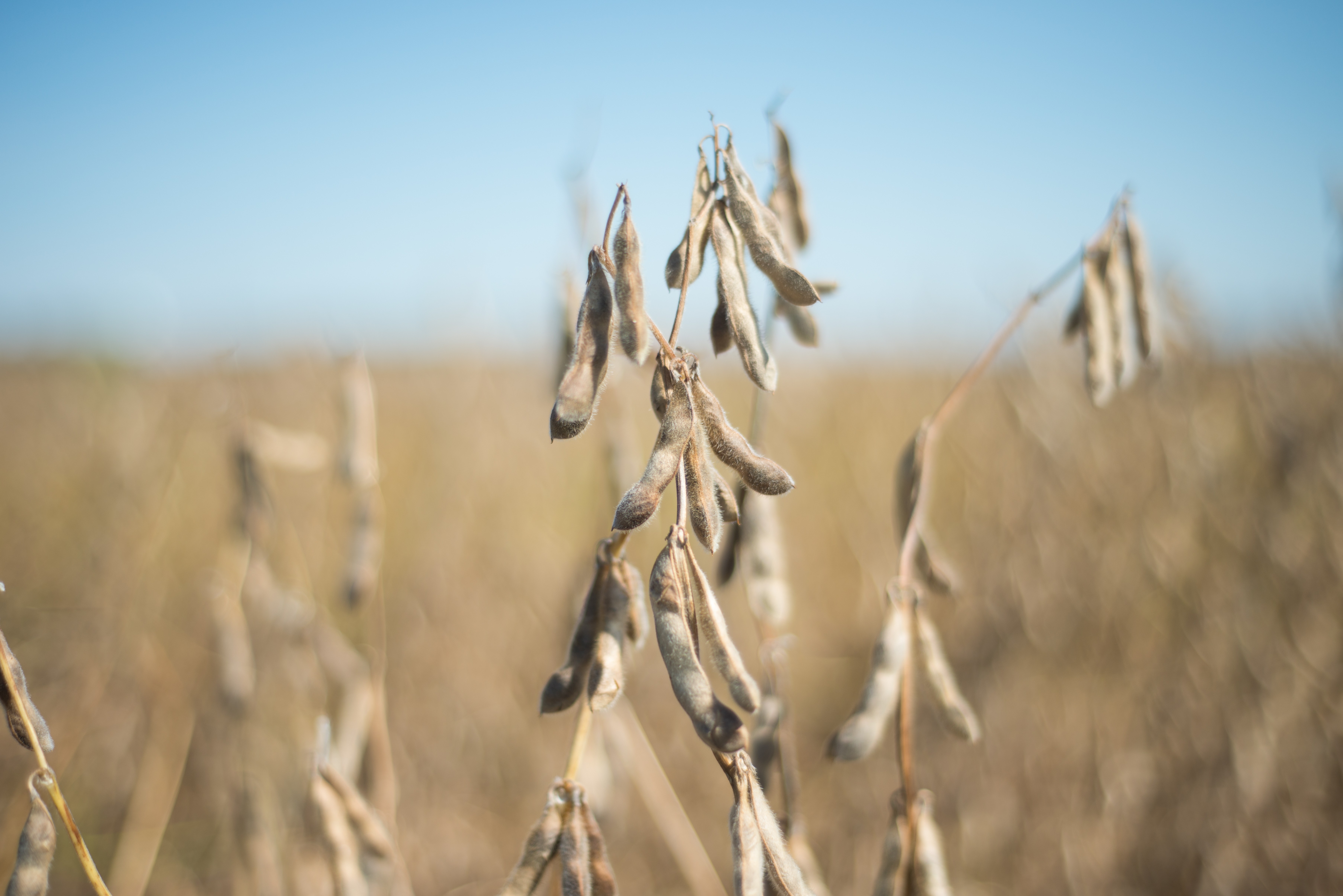
The WASDE report noted lower soybean production in China, offset by higher production in Russia and Ukraine. (Photo: Iowa Soybean Association)
WASDE report leaves soy stocks unchanged
December 9, 2021 | Bethany Baratta
The U.S. Department of Agriculture (USDA) left soybean supply and use projections unchanged in today’s World Agricultural Supply and Demand Estimates (WASDE) report.
Ending stocks remained unchanged at 340 million bushels. Pre-report analysts’ estimates pegged soybean ending stocks 12 million bushels higher.
Although soybean crush was unchanged at 4.69 billion bushels, soybean oil production was raised on a higher extraction rate. With increased soybean oil supplies, food, feed, and other industrial use of soybean oil is raised, offsetting lower consumption of canola and cottonseed oils.
Based on a review of EPA's proposed rule for 2020-2022 renewable fuel obligation targets, soybean oil used for biofuel for 2021/22 is unchanged at 11 billion pounds, according to the report.
The U.S. season-average soybean and soybean oil price forecasts for 2021/22 are unchanged at $12.10 per bushel and 65 cents per pound, respectively. The soybean meal price forecast is increased $5 to $330.00 per short ton.
Global soybean production
The USDA forecast includes lower global oilseed production and lower global ending stocks compared to last month. Global oilseed production is projected at 627.6 million tons, down 0.4 million from last month mainly driven by lower soybean production reported by China’s National Bureau of Statistics. China’s soybean production is down 2.6 million tons to 16.4 million on lower area.
Largely offsetting China’s reduction is higher sunflower and soybean output for Russia and Ukraine based on harvest results. Rapeseed production is increased for Australia and lowered for Canada based on recent government reports, and India’s production is increased on a faster-than-expected planting pace. Global crush is reduced as lower soybean crush for China more than offsets higher sunflower seed crush for Russia and Ukraine.
Global oilseed trade for 2021/22 is projected at 196 million tons, up 0.5 million from last month. Increased rapeseed exports for Australia and increased soybean exports for Canada and Ukraine account for most of the gains.
Global oilseed ending stocks are projected at 114.1 million tons, down 1.1 million from last month mainly on lower soybean stocks for China.
The final U.S. soybean and corn yield and production estimates will be published in the Jan. 12, 2022, WASDE report.
Back